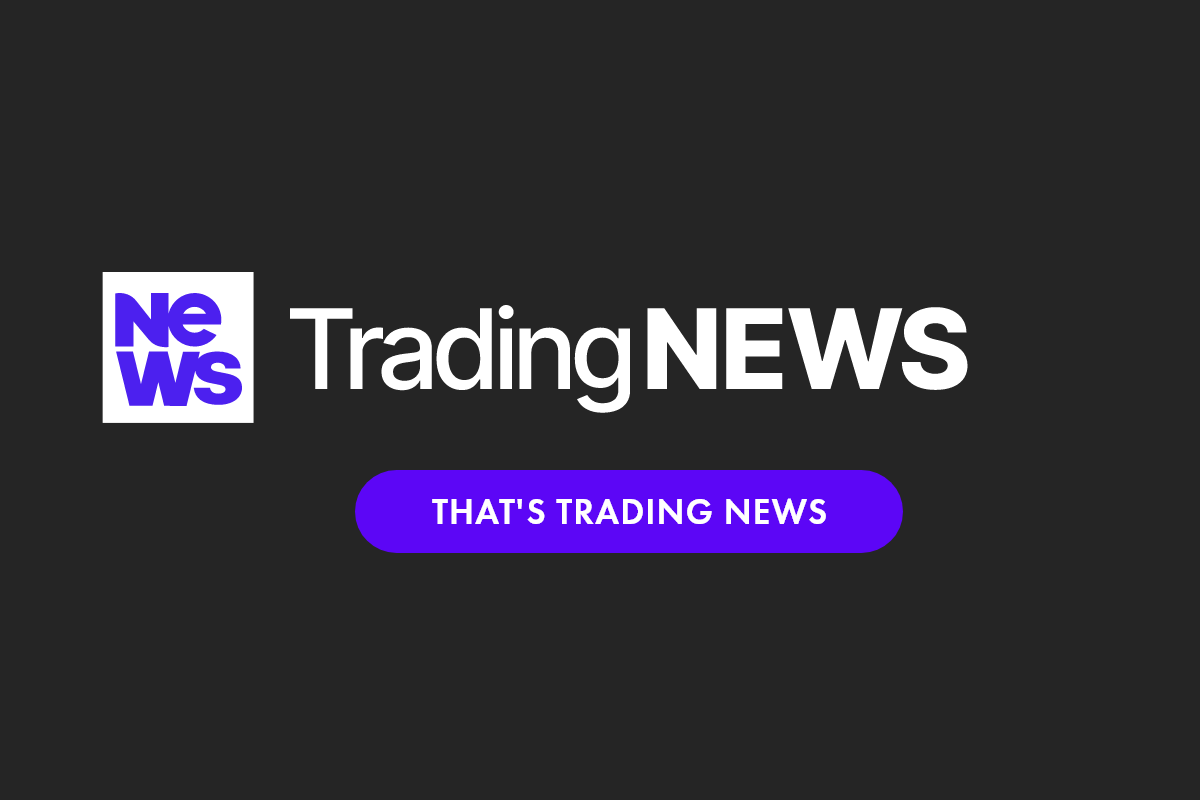Cardano Founder Says There’s a $100 Billion Untapped XRP DeFi Opportunity
Cardano founder Charles Hoskinson highlights an overlooked potential in Bitcoin and XRP DeFi during a Token2049 interview.
At the conference in Singapore, Hoskinson spoke with Crypto Banter host Ran Neuner about Cardano’s future, challenges in DeFi, and the untapped opportunity in XRP DeFi.
He acknowledged that Cardano has fallen behind competitors like Solana in the DeFi race, noting that Cardano’s total value locked (TVL) remains under $1 billion and that stablecoin adoption has been weak. However, he emphasized that the market doesn’t price projects based solely on DeFi metrics.
“The market prices based on philosophy and community,” he said. “Cardano has 1.3 million staked wallets and on-chain governance that’s the largest and most decentralized in the space.”
Despite setbacks, Hoskinson believes new opportunities, particularly in Bitcoin and XRP DeFi, could bring Cardano back into the DeFi spotlight.
Cardano Founder Identifies XRP $100 Billion DeFi Vacuum
Hoskinson described XRP as a sleeping giant in the DeFi space. Specifically, he pointed out that the asset has over $100 billion in valuation but little to no native yield-generating infrastructure.
“There’s almost $100 billion worth of XRP floating around that’s yield-free. There’s no DeFi ecosystem for it,” Hoskinson said.
He suggested that pairing XRP with real-world assets (RWAs) and yield-generating products could attract a significant portion of that capital into the DeFi ecosystem.
The Cardano founder believes that with proper infrastructure, DeFi on XRP could become a multibillion-dollar ecosystem. Notably, platforms like Flare have begun offering yield opportunities for XRP holders.
Bitcoin DeFi and the UTXO Advantage
Hoskinson also sees massive potential in Bitcoin DeFi, another area he says is vastly undervalued despite Bitcoin’s $2.4 trillion market cap. In his words:
“We actually have a huge native advantage for Bitcoin DeFi because we’re UTXO and Bitcoin is UTXO. You can write Cardano smart contracts that compile and run on Bitcoin.”
He argued that this interoperability could give Cardano an edge in unlocking dormant value across both the Bitcoin and XRP networks.
Cardano Founder Charles Hoskinson on the opportunity in Bitcoin & XRP DeFi 📈
“Bitcoin DeFi I think is the biggest play. Cardano’s UTxO lets smart contracts compile and run on Bitcoin.”
“For XRP DeFi, there’s also huge untapped opportunity.”@IOHK_Charles on @crypto_banter pic.twitter.com/2jZkys8mjv
— Cardanians (CRDN) (@Cardanians_io) October 7, 2025
Midnight, Scaling, and What’s Next for Cardano
Furthermore, Hoskinson shared updates on Midnight, Cardano’s data protection-focused sidechain. He noted that Midnight has already attracted over 100 partnerships and integrations, including Brave, Blockchain.com, and Bitcoin.com.
He also highlighted Hydra, a layer-2 scaling solution capable of processing up to a million transactions per second. Meanwhile, he emphasized the need for faster productization.
With Cardano’s on-chain treasury governance now active and $1.5 billion available for community use, Hoskinson said the project is entering a new era of decentralized development.
“The community just approved the first budget. We still have over 200 engineers working in and around the Cardano ecosystem,” he said.
Essentially, while Cardano missed the last DeFi wave, Hoskinson is now focusing on the untapped potential in Bitcoin and XRP DeFi. These two networks have significant capital but little yield infrastructure.
DisClamier: This content is informational and should not be considered financial advice. The views expressed in this article may include the author’s personal opinions and do not reflect The Crypto Basic opinion. Readers are encouraged to do thorough research before making any investment decisions. The Crypto Basic is not responsible for any financial losses.













